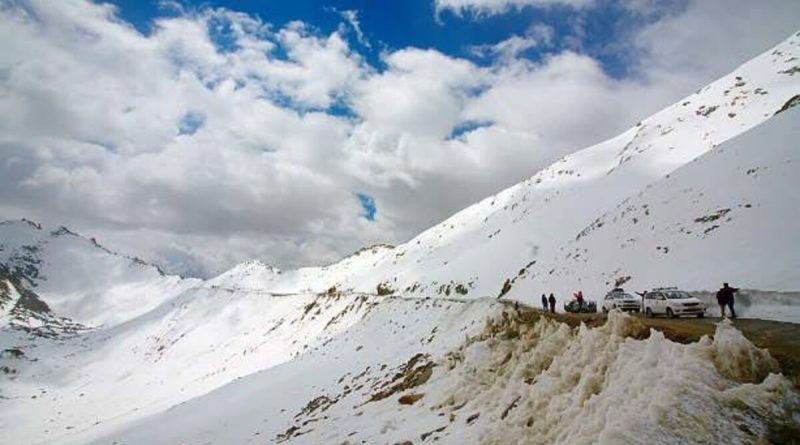Nightmare in Ladakh: Family’s Dream Vacation Takes a Breathless Turn
Even basic activities like strolling or ascending stairs turned into draining ordeals.
Ladakh is best known for its stunning landscapes, clear skies, the tallest mountain passes, Buddhist Monasteries, and exciting adventure activities. However, a dream getaway to Ladakh became a challenging experience for Kirubakaran Rajendran and his family as they struggled to adjust to the high altitude. Mr. Rajendran shared the terrifying incident in a post on X, detailing how the sparse air caused havoc on their bodies. What was meant to be an exciting adventure quickly transformed into a desperate battle for oxygen.
He stated, ”Please be aware that Oxygen availability decreases as you move to higher altitude areas. As the altitude rises, the air pressure decreases and the number of oxygen molecules per breath decreases. Compared to sea level, locations like Leh/Ladakh have less oxygen in the atmosphere.”
View the post here:
I went on a ten days family trip to Ladakh, what was suppose to be an adventure trip turned into a nightmare. If you are planning a Ladakh travel, this thread might help you in what you should expect once you land in Leh. 🧵 pic.twitter.com/2sIjXab90G
— Kirubakaran Rajendran (@kirubaakaran) July 30, 2024
Even basic activities like strolling or ascending stairs turned into draining ordeals. Mr. Rajendran also cautioned about the risks of crossing tall passes like Khardung La Pass, which stands at 18,000 feet. At such extreme altitudes, oxygen levels drop, making it challenging even for experienced travelers to catch their breath. Cab drivers advised the family to limit their time outside at these peaks to just 10 minutes to avoid falling victim to the weakening effects of oxygen deprivation.
”It takes a minimum of 5 hours to travel from Leh city if you want to reach places like Nubra Valley or Hanle. To reach these places, you have to cross tall passes like Khardung la Pass, which is situated at 18k feet. And the oxygen at these places is so scarce, making it very hard to breathe. Even cab drivers advise you not to stay outside at these peaks for more than 10 minutes,” he added.
Despite giving two days for acclimatization, Mr. Rajendran and his family found themselves unable to cope with the high altitude in Ladakh. Therefore, they chose to cancel their reservations and take a flight back home.
”But breathing was still an issue for us; even after two days, our bodies didn’t adjust, and my ten-year-old child found it extremely hard to breathe. His oximeter reading dropped below 65. None of us could eat well; he started vomiting whatever he ate, causing dehydration, sleep disturbances. Even climbing two floors felt like climbing Mount Everest for adults,” he further described.
”The trip was meant to be peaceful and enjoyable, not this risky adventure…Just be well-prepared if you plan your Ladakh trip and prepare for all possible scenarios. Ladakh is incredibly beautiful, no doubt, but it may not be suitable for everyone,” he concluded, advising fellow travelers to be mindful of the risks involved.
Responding to his post, one user commented, ”Bro, high-altitude places should not be rushed. Acclimatization, gradual altitude increase, and plenty of rest are essential. One of my friends works there as a tour guide and has many horror stories of how people struggle to cope. It’s good that you all are safe and sound.”
Another remarked, ”You made the right decision. Ignore those who claim they felt nothing. AMS is dangerous, especially for people who have spent most of their lives at sea level.”
A third individual said, ”It is advisable to avoid taking a flight directly to Leh. Traveling to Leh by road exposes us to a gradual change in atmospheric conditions. The body gradually adapts to the slow change as we approach Leh via road.”
Click for more trending news
Waiting for response to load…

